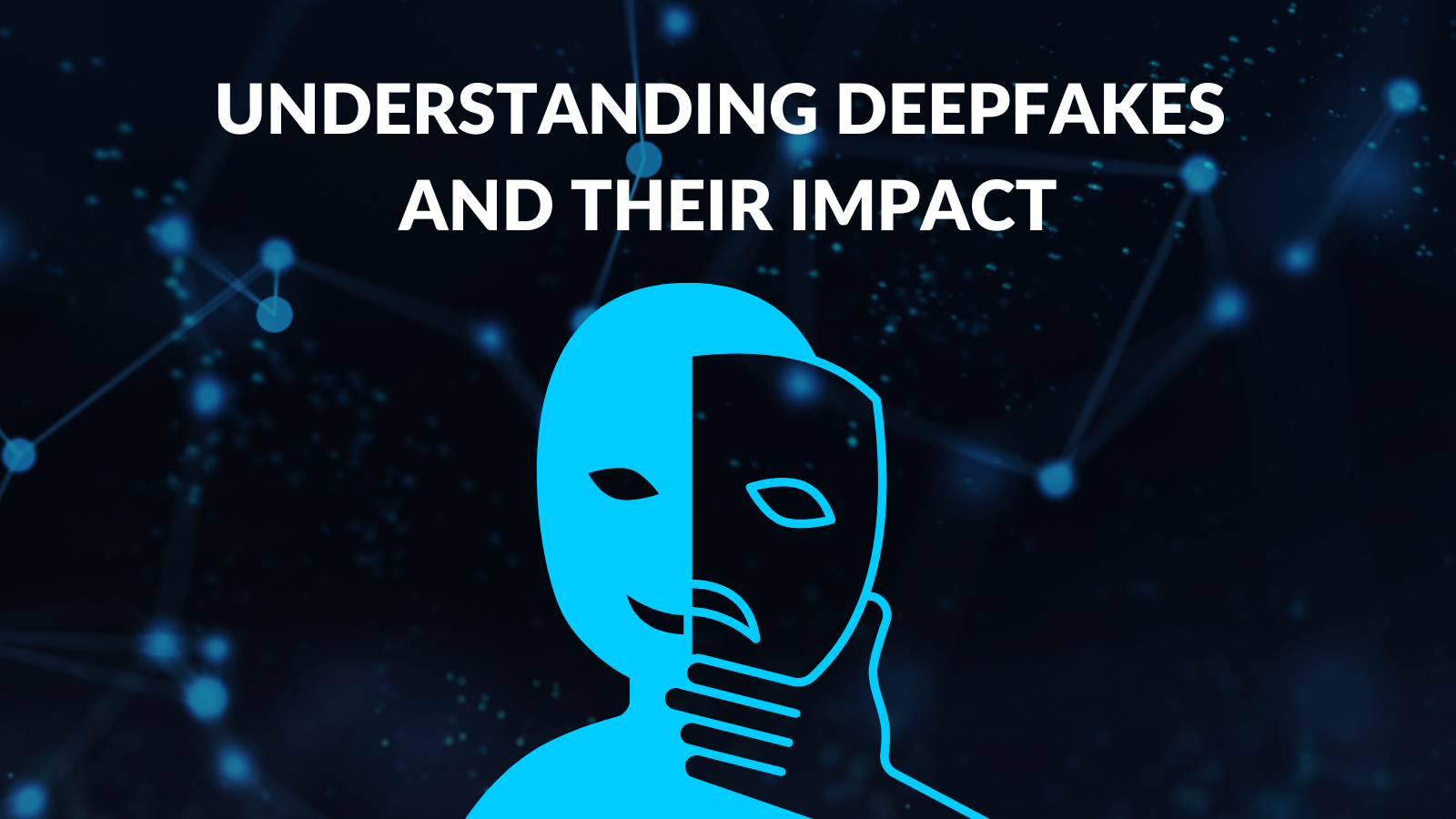Understanding Deepfakes and Their Impact: Insights from Gartner Report 2023

Understanding Deepfakes and Their Impact: Insights from Gartner Report 2023
The rise of deepfake technology has ushered in a new era of both possibilities and challenges. As outlined in the latest Gartner Report of 2023, deepfakes have become increasingly convincing, owing to the accessibility of open-source AI and machine learning libraries. This technology enables even novices to create compelling deepfakes, thus raising concerns about its potential adverse effects on brands, reputations, and security.
Easy accessibility raises concerns The proliferation of open-source AI and ML libraries has made it easier than ever to craft realistic deepfakes. What was once a domain of experts has now become accessible to a broader audience. The Gartner Report highlights the emergence of tools that can create intricate videos, manipulate voice communications, and produce other forms of information that have the potential to harm a company's brand, tarnish the reputation of executives, and influence employees toward adversarial actions.
DOWNLOAD THE CYBER ESSENTIALS MONTPELLIER CHECKLIST HERE
Challenges
Challenges to recruitment and validation deepfake technology, encompassing both voice and video overlays, poses challenges in realms beyond reputation. The report draws attention to the implications of deepfakes in the realm of recruitment. Online interviews, a crucial part of modern recruitment, could become significantly challenging to validate due to the inherent difficulty of distinguishing genuine identities from their digitally manipulated counterparts. OpenAI tools like ChatGPT can already generate code that successfully passes technical interviews, adding a layer of complexity to candidate assessment.
Enterprises and the Deepfake Threat The report underscores the unpreparedness of many enterprises in the face of deepfake threats. The convergence of deepfakes, cyberactivism, fraudsters, and the consumerisation of AI-enabled fraud has intensified the challenges for Chief Information Security Officers (CISOs) and security teams. The same technologies that were adopted to streamline processes during the era of digital transformation could now be the target of malicious activities. Organisations may need to reevaluate and redefine their cybersecurity strategies.
DOWNLOAD THE CYBER ESSENTIALS MONTPELLIER QUESTIONNAIRE HERE
Solutions
Digital Risk Protection Services (DRPS) as a Solution Digital Risk Protection Services (DRPS) are identified as a promising solution to address the deepfake menace. DRPS leverage deep machine learning, computer vision, and continuous reputation monitoring to track and remediate false information circulating on the internet. With the expansion of attack surfaces and channels for exploitation, DRPS can offer companies the necessary support in protecting external assets from potential threats.
Recommendations for Mitigation The Gartner Report offers several recommendations to mitigate the risks associated with deepfakes:
- Educate Senior Leaders: Equip senior leaders with knowledge about current impersonation trends and tactics, their potential consequences, and effective strategies for risk mitigation.
- Recognise Scammer Patterns: Train individuals to recognise patterns common to scams, particularly those that involve transferring money, granting authority/permissions, and providing provenance.
- Verify Authenticity: Implement ways for employees to verify the authenticity of certain requests, inspired by multifactor authentication methods.
- End-User Awareness: Enhance end-user awareness by augmenting training and security programs with insights into how adversaries exploit deepfake technology.
- Leverage Threat Intelligence: Utilise threat-hunting services and threat-intelligence knowledge bases to monitor reputation, scan the dark web and social media, and identify emerging AI/ML risks.
- Implement Content Validation: Leverage cryptographic digital signatures and other technologies to validate the authenticity and legitimacy of enterprise-created content.
Conclusion
As deepfake technology continues to evolve, it is essential for organisations to remain vigilant and proactive in adopting measures to protect their brands, reputations, and sensitive information. By staying informed and implementing the recommended strategies, enterprises can navigate the complex landscape of deepfakes while safeguarding their interests and stakeholders.
Do check out our other cybersecurity case studies:
- Maersk Ransomware Attack
- British Airways Data Breach Fine by ICO of £183.4million
- Colleges and Universities in the UK targeted by cyber-attacks during the pandemic
- Microsoft Servers Hit by Cyberattack 2021
- Peterson Control Union Email Phishing & Security Awareness training
Also check out our blogs on Cyber Essentials & Cyber Essentials Plus certification:
Step 1: Organisation Size
Step 2: Pick Cyber Essentials Package
Cyber Essentials Basic - CEB001
£300 + VAT
*Insurance details are on IASME website
Guided Cyber Essentials - CEB002
£500 + VAT
Everything in CEB001 plus
Pre-assessment
Online/Phone Support
*Insurance details are on IASME website
Cyber Essentials Plus - CEP001
£1500 + VAT
Everything in CEB002 Plus
30 Day Remediation
Systems Audit (remote)
*Insurance details are on IASME website
Guided CE Plus - CEP002
£2500 + VAT
Everything in CEP001 plus
Pre- systems Audit
Gap Analysis report
-
MOST POPULAR
*Insurance details are on IASME website
Related Articles

UK Government Introduces Cyber Security and Resilience Bill
The British Government has introduced the Cyber Security and Resilience Bill, aimed at strengthening the country's cyber defences and protecting essential digital services.
More
Building a Cyber Resilient School with TechForce Cyber & Arctic Wolf
A webinar hosted by TechForce Cyber and Arctic Wolf, 'Building a Cyber Resilient School' focuses on the importance of keeping schools safe from cyber criminals, especially given their clever...
More
Scan to Scam: The Rise of QR Code Scams
Over the last few weeks on social media there has been continuous footage of people finding fake identified QR code stickers at car parks and paying permits around the UK.
More
Enhancing Cyber Resilience in Aberdeen
TechForce Cyber, a leading cyber security firm, recently partnered with two prominent local companies in Aberdeen to bolster their cyber defences through Tabletop Exercises and Cyber Maturit...
More
FOR LATEST UPDATES SUBSCRIBE HERE: